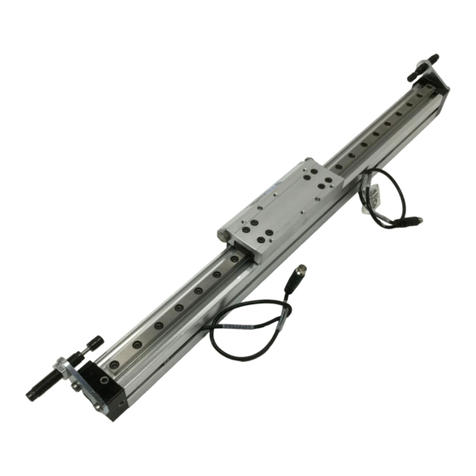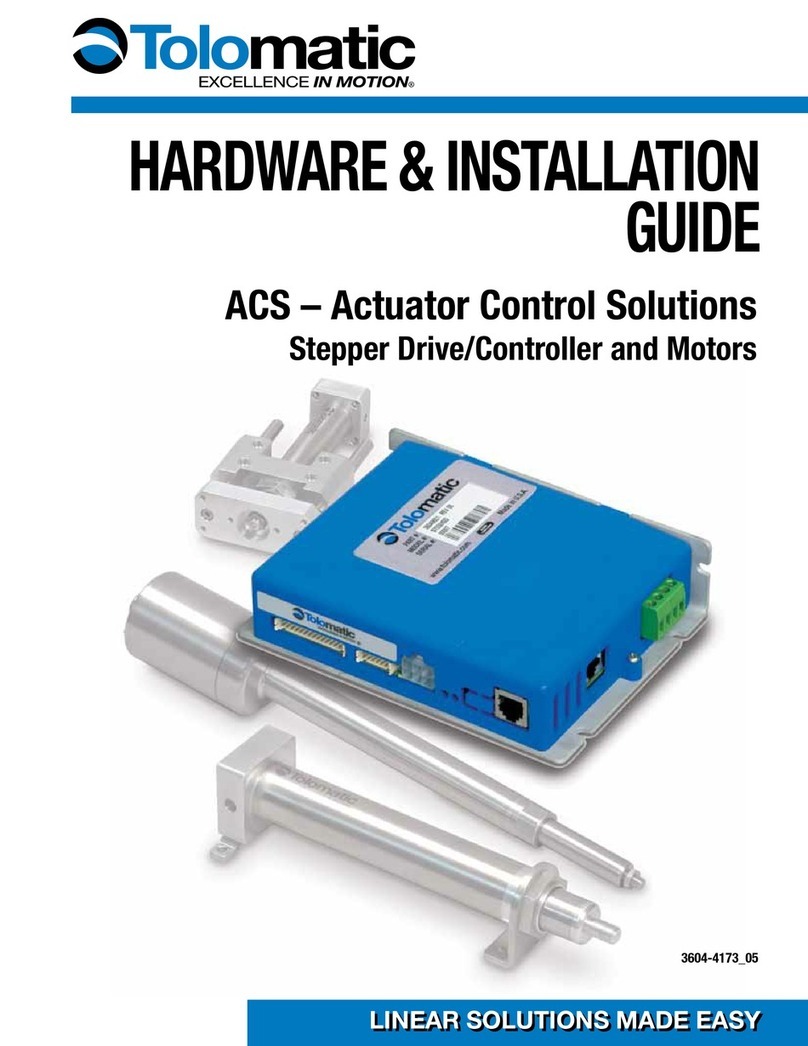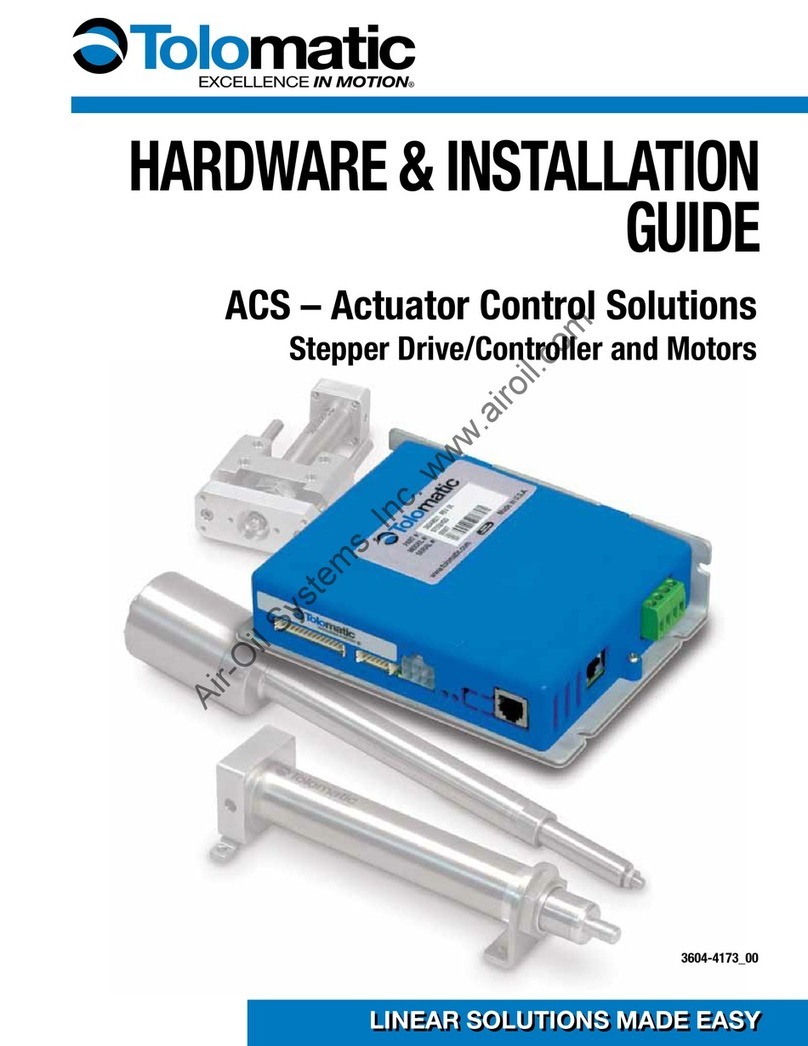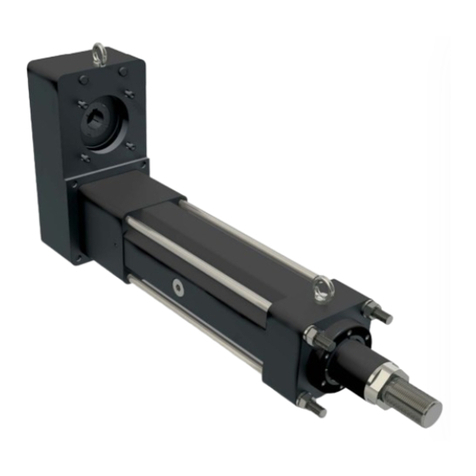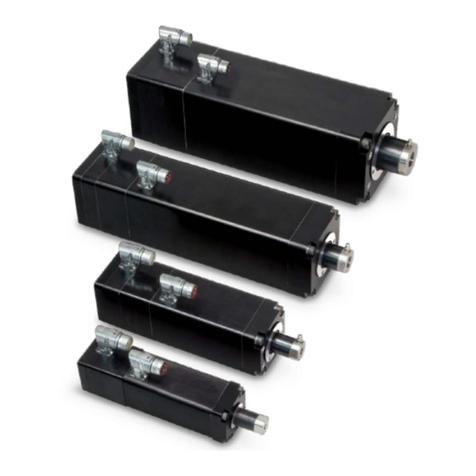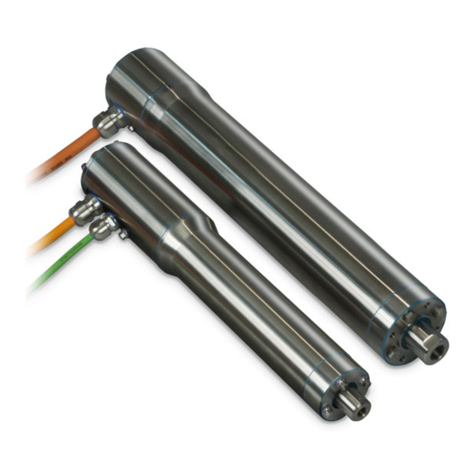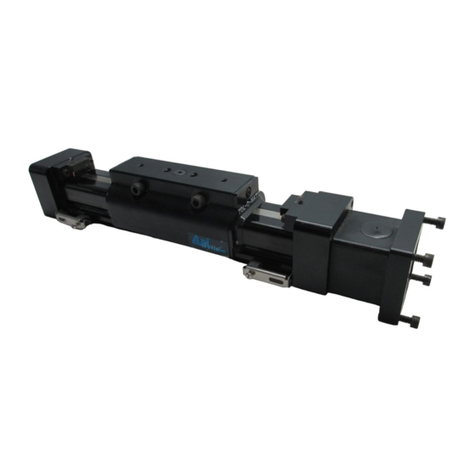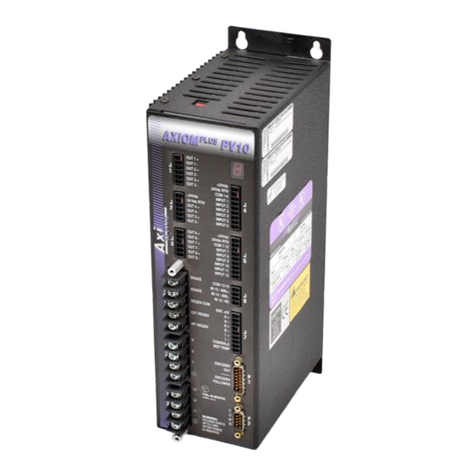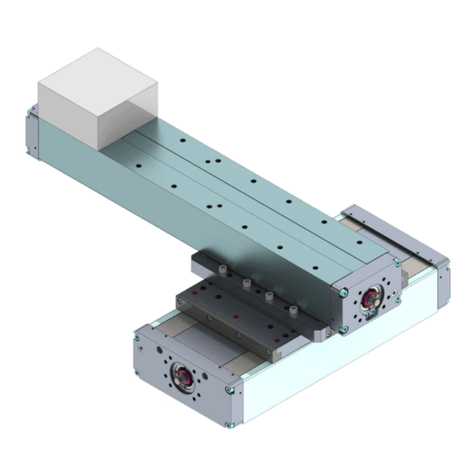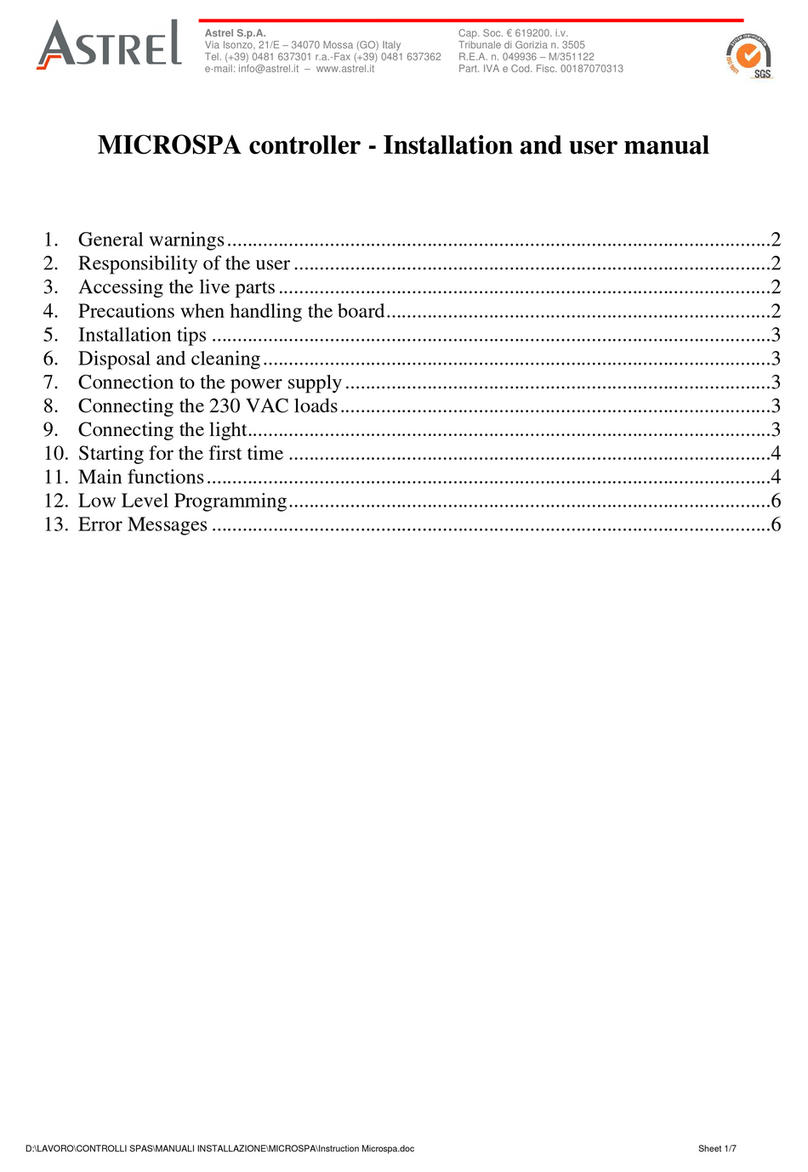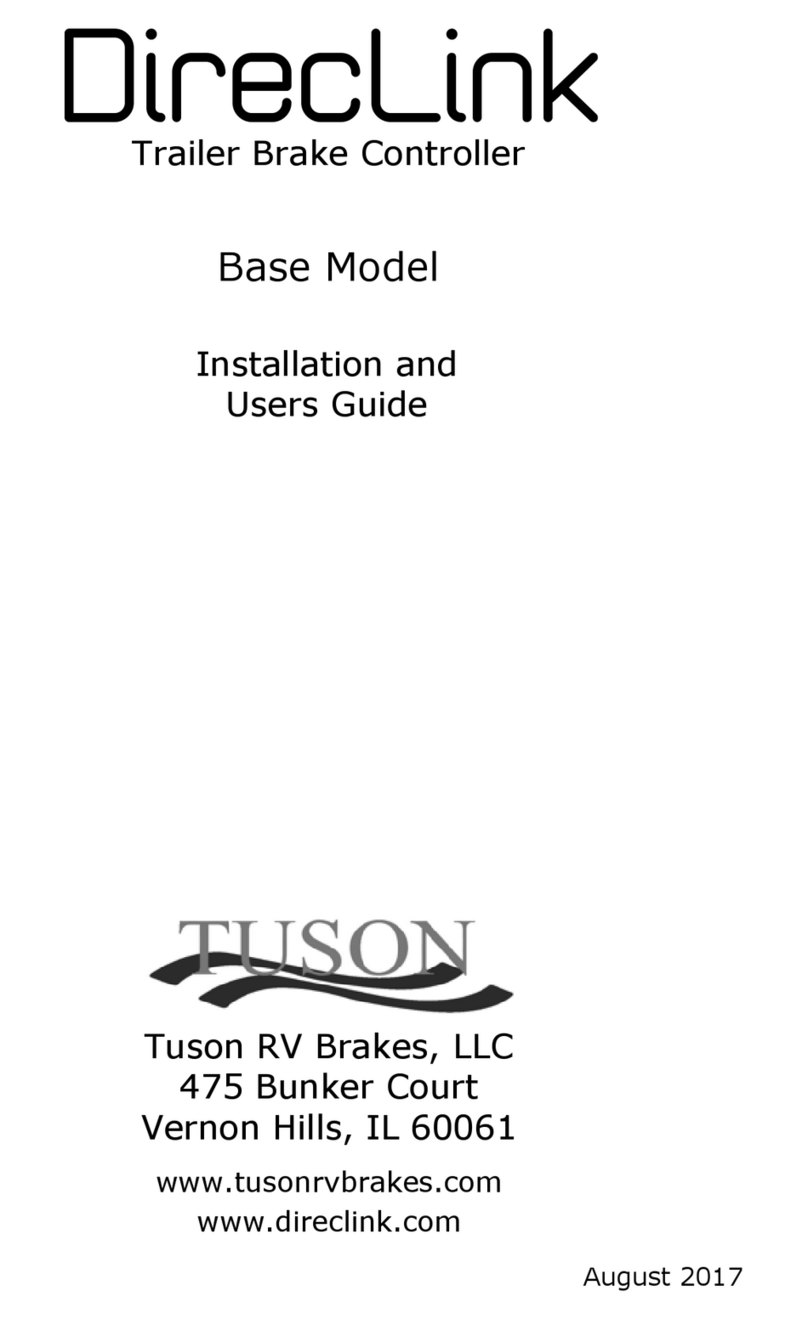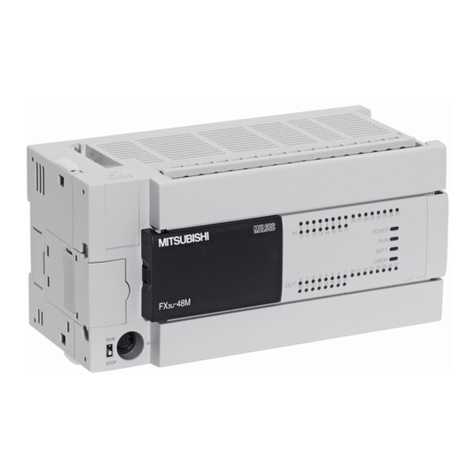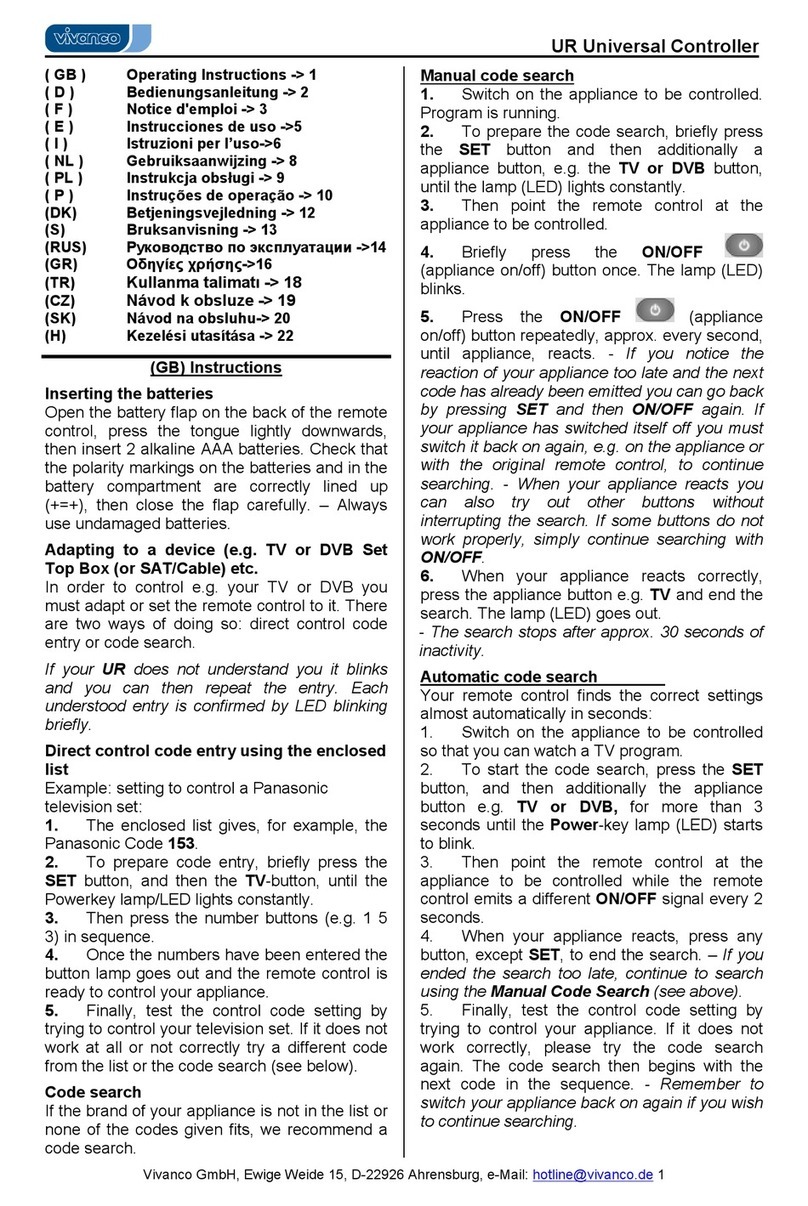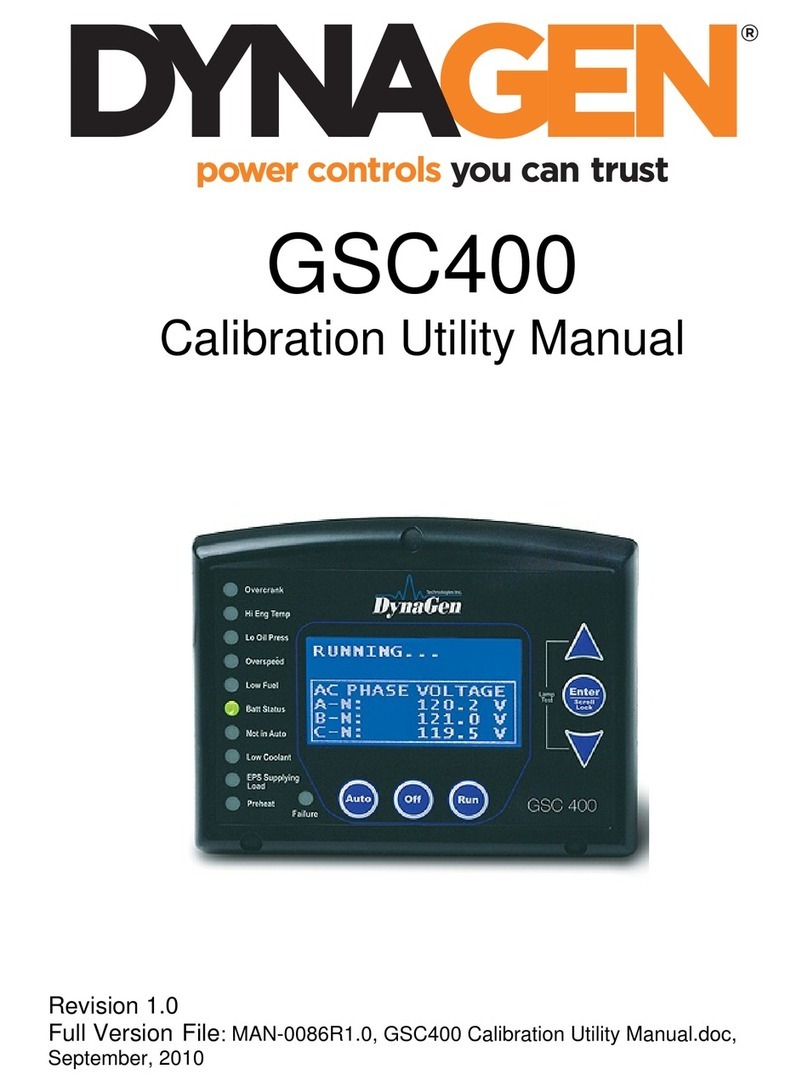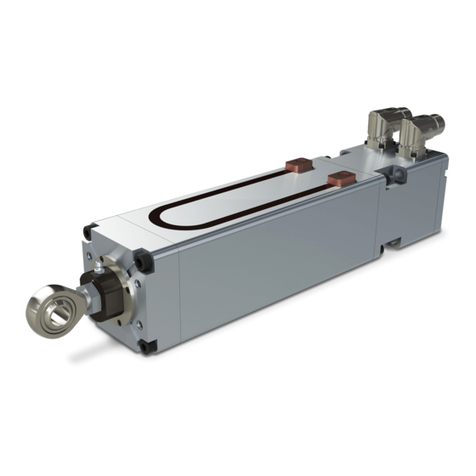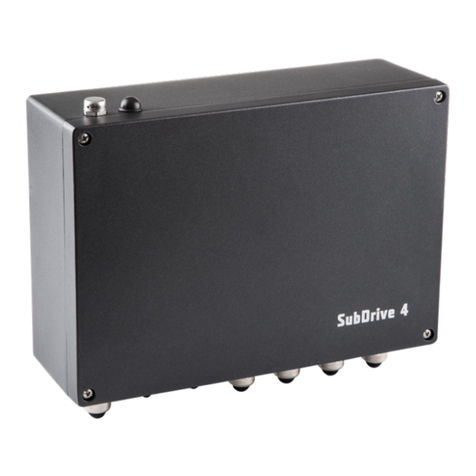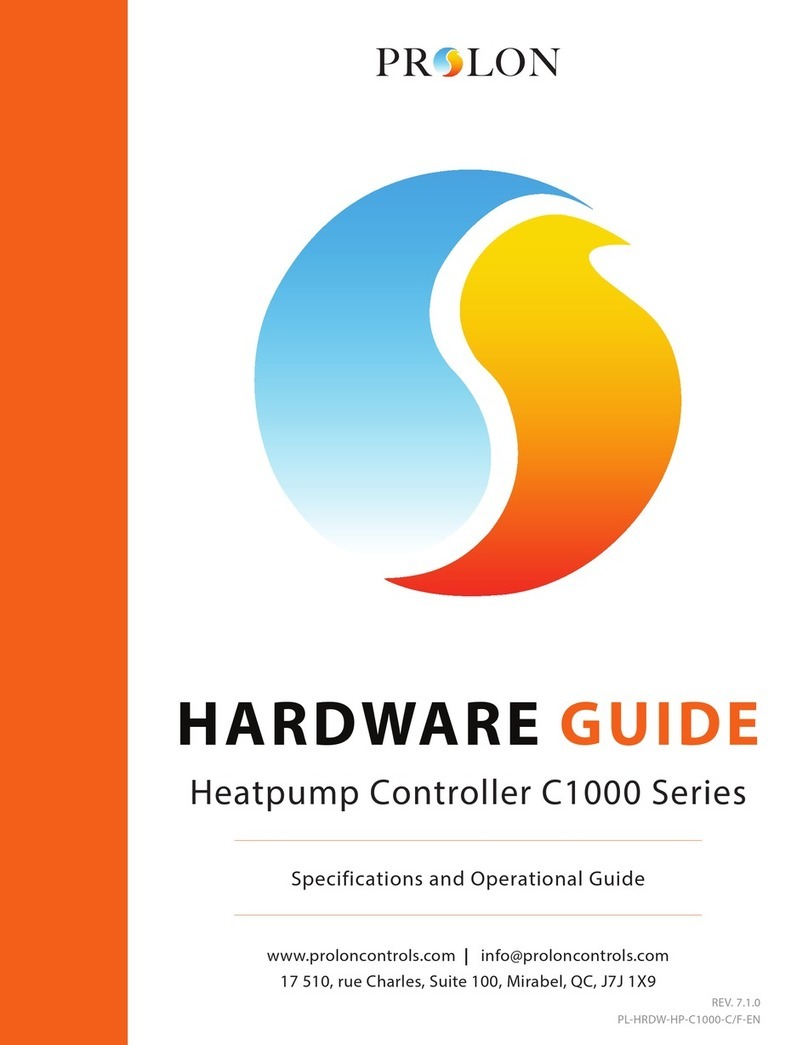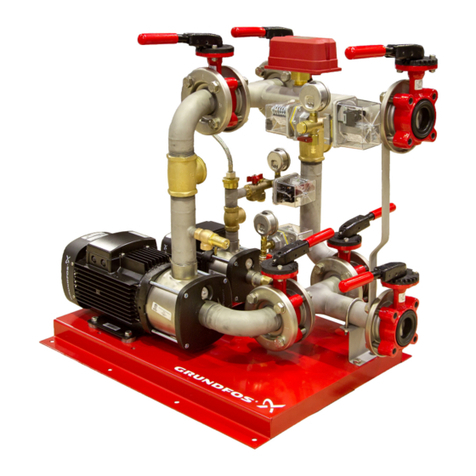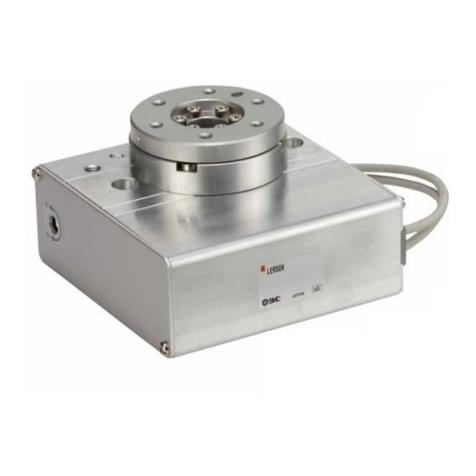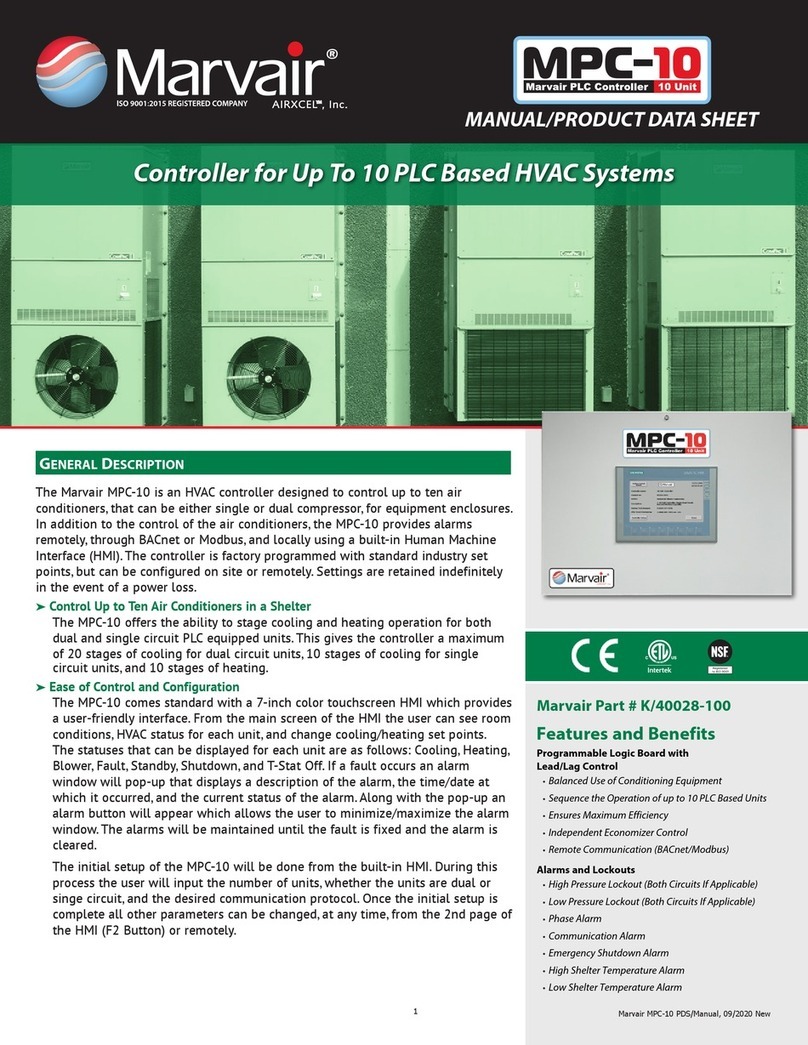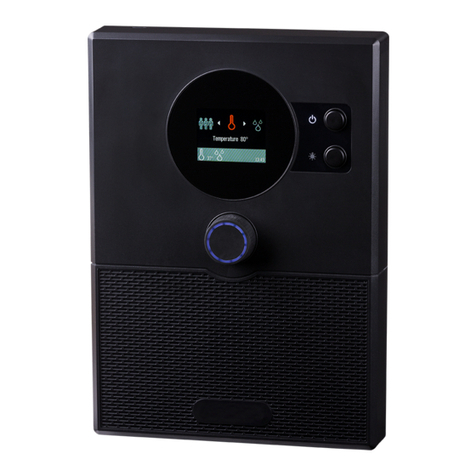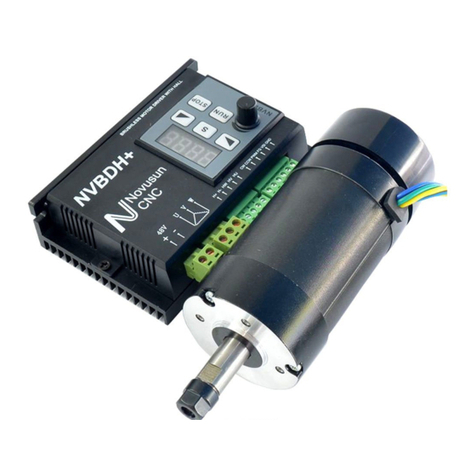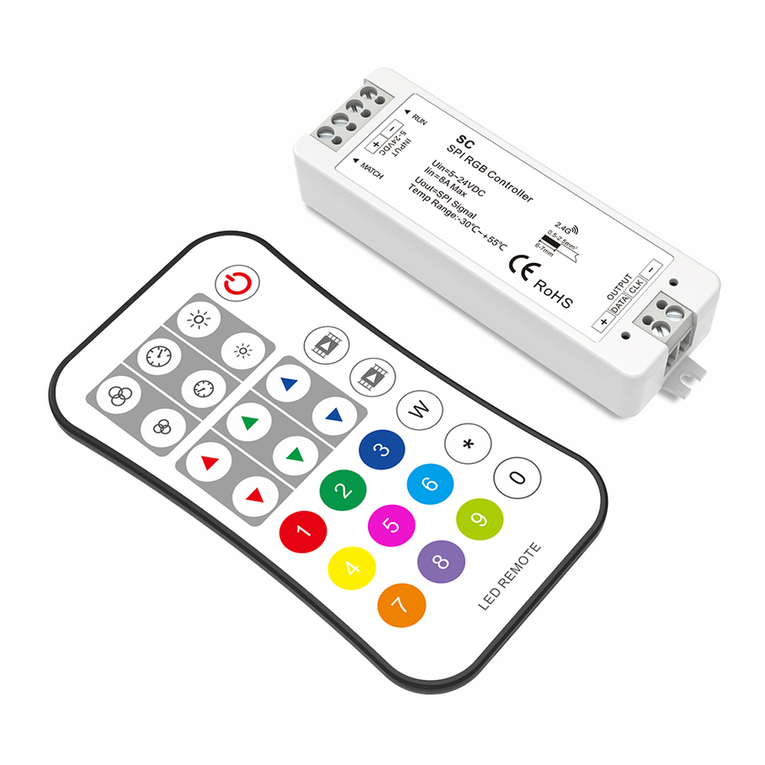
Tolomatic User Guide: ICR Rod Style Integrated Control Actuator v
for Emergency Stop............................................................................ 3-10
Figure 3-20 ICR/ICM SV1P Plus Optional Electronic Brake Connection..................... 3-11
Figure 3-21 ICR/ICM SV1P Plus Single Device Setup for
Optional Optional CANopen Position Control ........................................ 3-12
Figure 3-22 ICR/ICM SV1P Plus Multi-drop RS-232 Setup
(RS-232 to Optional CANopen)............................................................ 3-13
Figure 3-23 ICR/ICM SV1P Plus Multiple Device Setup for
Optional CANopen/DeviceNet Operation............................................... 3-14
Figure 4-1 Maximum Load/Velocity of System without a Voltage Control Device....... 4-2
Figure 4-2 Unregulated Power Supply Configuration with Shunt Regulator ............... 4-3
Figure 4-3 Regulated Power Supply Configuration with Blocking Diode and
Added Capacitance .............................................................................. 4-3
Figure 4-4 Regulated Power Supply with Blocking Diode and Shunt Regulator ......... 4-3
Figure 4-5 Shunt Regulator Input Wiring Diagram................................................... 4-4
Figure 4-6 Diode Wiring Diagram........................................................................... 4-4
Figure 5-1 ICR SV1B Basic Actuator Enable Input Command................................... 5-1
Figure 5-2 ICR SV1B Basic Actuator Home Position ................................................ 5-2
Figure 5-3 ICR SV1B Basic Actuator Extend Input Command................................... 5-3
Figure 5-4 ICR SV1B Basic Actuator Retract Input Command .................................. 5-4
Figure 5-5 ICR SV1B Basic Actuator Velocity and Force Controls ............................. 5-6
Figure 5-6 ICR SV1B Basic Actuator Extend Velocity Potentiometer.......................... 5-6
Figure 5-7 ICR SV1B Basic Actuator Retract Velocity Potentiometer......................... 5-7
Figure 5-8 ICR SV1B Basic Actuator Force Control Potentiometer............................ 5-7
Figure 5-9 ICR SV1B Basic Velocity and Force Controls
(SV1B Manufactured before 4-2013)
...... 5-8
Figure 5-10 ICR SV1B Basic Extend Velocity Potentiometer
(SV1B Manufactured before 4-2013)
.. 5-8
Figure 5-11 ICR SV1B Basic Retract Velocity Potentiometer
(SV1B Manufactured before 4-2013)
.. 5-9
Figure 5-12 ICR SV1B Basic Force Control Potentiometer
(SV1B Manufactured before 4-2013)
.... 5-9
Figure 6-1 Copley Motion Explorer CME 2®Shortcut Icon ....................................... 6-2
Figure 6-2 Communication Wizard Device Selection Screen .................................... 6-3
Figure 6-3 Communication Wizard Serial Port Screen ............................................. 6-3
Figure 6-4 Communication Wizard Configure Serial Ports Screen ............................ 6-4
Figure 6-5 Communication Wizard Configure CAN Network Screen ......................... 6-4
Figure 6-6 CME 2®User Interface Features ........................................................... 6-5
Figure 6-7 CME 2®Save Amplifier Data to Disk Icon .............................................. 6-6
Figure 6-8 CVM Control Program Indexer 2 Program and I/O Line States ................ 6-7
Figure 6-9 CME 2®Basic Setup Operating Mode for Analog Command Source........ 6-8
Figure 6-10 CME 2®Basic Setup Operating Mode for Digital Input Command Source 6-9
Figure 6-11 CME 2®Tool Bar – Control Panel Location .......................................... 6-10
Figure 6-12 CME 2®Control Panel Features .......................................................... 6-11
Figure 6-13 CME 2®Tool Bar – Scope Tool Location .............................................. 6-11
Figure 6-14 CME 2®Scope Tool Screen................................................................. 6-12
LIST OF FIGURES




















